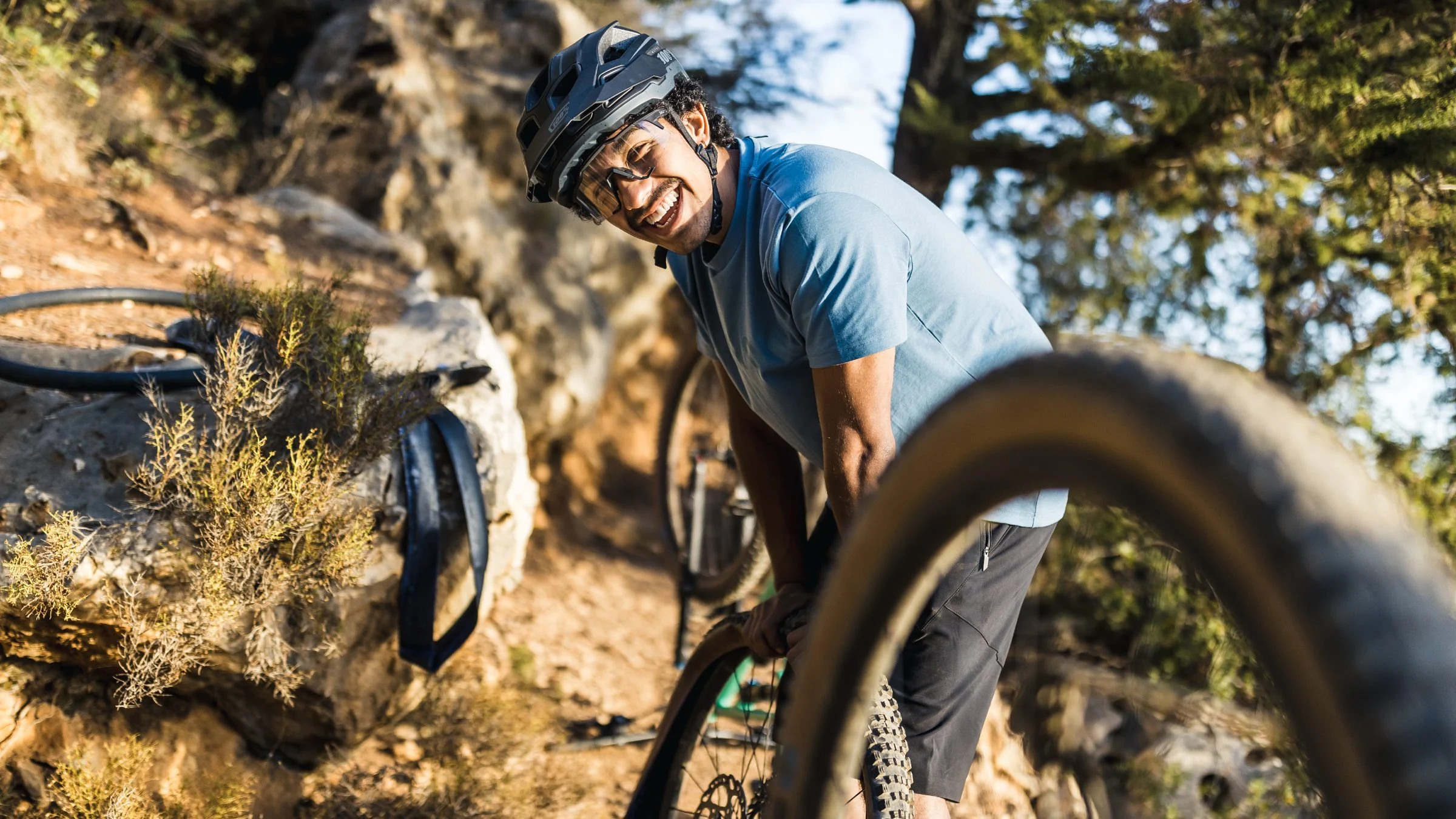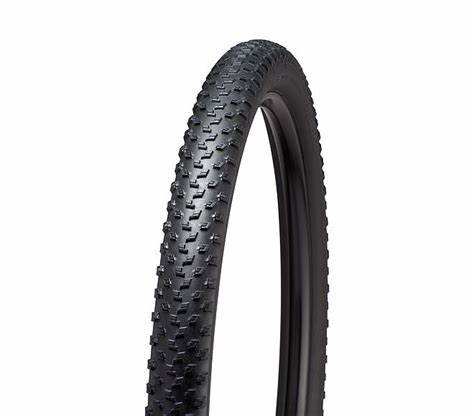Mountain Bike
The most important piece of gear is, of course, your mountain bike. Choose a bike that fits your riding style and terrain. Consider factors like frame material, suspension type, and wheel size. Test rides are crucial to ensure a comfortable fit and handling.
Helmet
A high-quality helmet is non-negotiable. Look for a lightweight, well-ventilated helmet that meets safety standards. Ensure it fits snugly and doesn’t move around on your head. Many helmets also come with additional features like visors and removable padding for comfort.
Gloves
Cycling gloves provide grip and protect your hands during falls. Look for gloves with padded palms to reduce vibration and increase comfort on long rides. Full-finger gloves offer more protection, while fingerless options provide better ventilation for warm weather.
Apparel
Wear moisture-wicking clothing designed for cycling. Here are some key items to consider:
- Shorts: Padded shorts enhance comfort during long rides by reducing friction and providing cushioning.
- Shirts: Look for breathable, moisture-wicking fabrics that keep you dry. Consider short or long sleeves depending on the weather.
- Jackets: A lightweight, waterproof jacket is useful for unpredictable weather. It keeps you dry without adding bulk.

Shoes
Choose shoes that provide a good grip and support for your riding style. Mountain biking shoes often feature stiff soles for better power transfer. If you use clipless pedals, ensure your shoes are compatible with the pedal system.
Hydration System
Staying hydrated is essential for performance and safety. Consider the following options:
- Hydration Pack: A backpack with a built-in water reservoir allows you to carry water comfortably on longer rides.
- Water Bottles: Use a bottle cage attached to your bike frame for easy access to hydration during shorter rides.
Protection Gear
While not always necessary, protective gear can enhance safety on technical trails:
- Knee and Elbow Pads: These pads provide extra protection against falls and scrapes, especially on rocky or downhill trails.
- Glasses: Sunglasses or goggles protect your eyes from debris and UV rays. Look for options with interchangeable lenses for different light conditions.
Tools and Repair Kit
Carrying basic tools and a repair kit is vital for addressing minor issues on the trail. Essential items include:
- Multi-tool: A compact tool that includes various wrenches and screwdrivers for quick adjustments.
- Tire Levers: Useful for changing flat tires, these levers help remove tires from the rims without damaging them.
- Patch Kit: A kit for repairing punctured tubes ensures you can quickly fix a flat tire.
- Mini Pump or CO2 Inflator: A compact pump or inflator allows you to reinflate tires on the go.
First Aid Kit
Accidents can happen, so carrying a small first aid kit is a smart precaution. Include items like band-aids, antiseptic wipes, gauze, and pain relievers. Familiarize yourself with basic first aid procedures before heading out.
Navigation Tools
Having a way to navigate trails is crucial, especially in unfamiliar areas:
- GPS Device or Smartphone: Use a GPS device or a smartphone with trail maps and navigation apps. Download maps in advance to avoid losing signal.
- Trail Maps: If you prefer paper maps, ensure you have the latest versions of trail maps for the areas you plan to explore.
Conclusion
Equipping yourself with the right gear enhances your mountain biking experience, ensuring safety and comfort on the trails. From your bike to protective gear and navigation tools, each item plays a crucial role in your adventure. Take the time to invest in quality gear, and you’ll be ready to tackle any trail that comes your way.




